Full XRF test results for Stanley Easy-Fill Wide Mouth 8 oz Flask: No Leaded brass used in the threaded spout or cap! This is very rare — most flasks have toxic components!
For those new to this website:
Tamara Rubin is a multiple-federal-award-winning independent advocate for childhood Lead poisoning prevention and consumer goods safety, and a documentary filmmaker. She is also a mother of Lead-poisoned children (two of her sons were acutely Lead-poisoned in 2005). Since 2009, Tamara has been using XRF technology (a scientific method used by the U.S. Consumer Product Safety Commission) to test consumer goods for toxicants (specifically heavy metals — including Lead, Cadmium, Mercury, Antimony, and Arsenic). Tamara’s work was featured in Consumer Reports Magazine in February 2023 (March 2023 print edition).
The test results from most of the consumer goods shared on this website are most often testing that is completed on items sent in by readers. This is a collaborative effort (with our readers) to help you make informed decisions for your family (so you can have an idea of what to look for — and what you might want to avoid — in making safer choices for your home).
Thursday — July 29, 2021
Test results for the stainless flask pictured. Scroll down for more pictures.
Here’s a link to this flask on Amazon: https://amzn.to/3j5ODVE
Test #1) Reading on the red of the exterior
60-second test — Stainless Steel 304
- Bromine (Br): 57 +/- 6 ppm
- Chromium (Cr): 173,600 +/- 500 ppm
- Vanadium (V): 1,320 +/- 115 ppm
- Manganese (Mn): 12,800 +/- 400 ppm
- Iron (Fe): 722,500 +/- 800 ppm
- Cobalt (Co): 3,175 +/- 416 ppm
- Nickel (Ni): 84,600 +/- 500 ppm
- Copper (Cu): 359 +/- 71 ppm
- Nb: 400 +/- 25 ppm
- Molybdenum (Mo): 643 +/- 40 ppm
- Tin (Sn): 47 +/- 12 ppm
- Platinum (Pt): 186 +/- 68 ppm
- Gold (Au): 85 +/- 46 ppm
Test #2) Reading on the black logo on the exterior
60-second test
- Cadmium (Cd): 18 +/- 8 ppm
- Bromine (Br): 63 +/- 7 ppm
- Chromium (Cr): 170,900 +/- 500 ppm
- Vanadium (V): 1,398 +/- 122 ppm
- Manganese (Mn): 13,200 +/- 400 ppm
- Iron (Fe): 723,600 +/- 800 ppm
- Cobalt (Co): 3,791 +/- 437 ppm
- Nickel (Ni): 85,400 +/- 600 ppm
- Copper (Cu): 569 +/- 81 ppm
- Zinc (Zn): 60 +/- 24 ppm
- Nb: 367 +/- 26 ppm
- Molybdenum (Mo): 572 +/- 42 ppm
- Tin (Sn): 64 +/- 13 ppm
Test #3) Reading on the silver-colored top of the cap
60-second test — Stainless Steel 304
- Bromine (Br): 23 +/- 5 ppm
- Chromium (Cr): 185,500 +/- 500 ppm
- Vanadium (V): 1,545 +/- 120 ppm
- Manganese (Mn): 10,900 +/- 400 ppm
- Iron (Fe): 717,000 +/- 500 ppm
- Cobalt (Co): 1,421 +/- 414 ppm
- Nickel (Ni): 80,800 +/- 500 ppm
- Copper (Cu): 2,194 +/- 107 ppm
- Zinc (Zn): 55 +/- 23 ppm
- Titanium (Ti): 326 +/- 126 ppm
- Tin (Sn): 52 +/- 11 ppm
- Barium (Ba): 122 +/- 41 ppm
Test #4) Reading on the plastic swing bar for the cap
60-second test — Stainless Steel 304
- Bromine (Br): 2 +/- 1 ppm
- Chromium (Cr): 2,429 +/- 38 ppm
- Iron (Fe): 7,952 +/- 54 pm
- Nickel (Ni): 476 +/- 10 ppm
- Copper (Cu): 49 +/- 7 ppm
- Barium (Ba): 210 +/- 30 ppm
Test #5) Threaded Spout
60-second test — Stainless Steel 304
- Bromine (Br): 22 +/- 5 ppm
- Chromium (Cr): 183,900 +/- 500 ppm
- Vanadium (V): 1,209 +/- 110 ppm
- Manganese (Mn): 8,537 +/- 341 ppm
- Iron (Fe): 720,800 +/- 800 ppm
- Cobalt (Co): 1,240 +/- 403 ppm
- Nickel (Ni): 80,200 +/- 500 ppm
- Copper (Cu): 3,046 +/- 118 ppm
- Zinc (Zn): 33 +/- 21 ppm
- Molybdenum (Mo): 712 +/- 38ppn
- Tin (Sn): 52 +/- 11 ppm
- Barium (Ba): 122 +/- 41 ppm
Some additional reading that might be of interest:
- This article is regarding the testing methodology we use for results on this website.
- A piece discussing how to send us an item for testing.
- Things that you can test at home.
- Things that might be better tested with an XRF instrument.
- “Can I test things myself at home?”
Thanks for reading. Thank you for sharing Lead Safe Mama dot com articles. As always, please let me know if you have any questions and I will do my best to answer them personally as soon as I have a moment (which may not be right away — but I will try)!
Tamara Rubin
Owner — Lead Safe Mama, LLC
#LeadSafeMama
Amazon links are affiliate links. If you purchase something after clicking on one of our links, Lead Safe Mama, LLC may receive a percentage of what you spend — at no extra cost to you.
Never Miss an Important Article Again!
Join our Email List









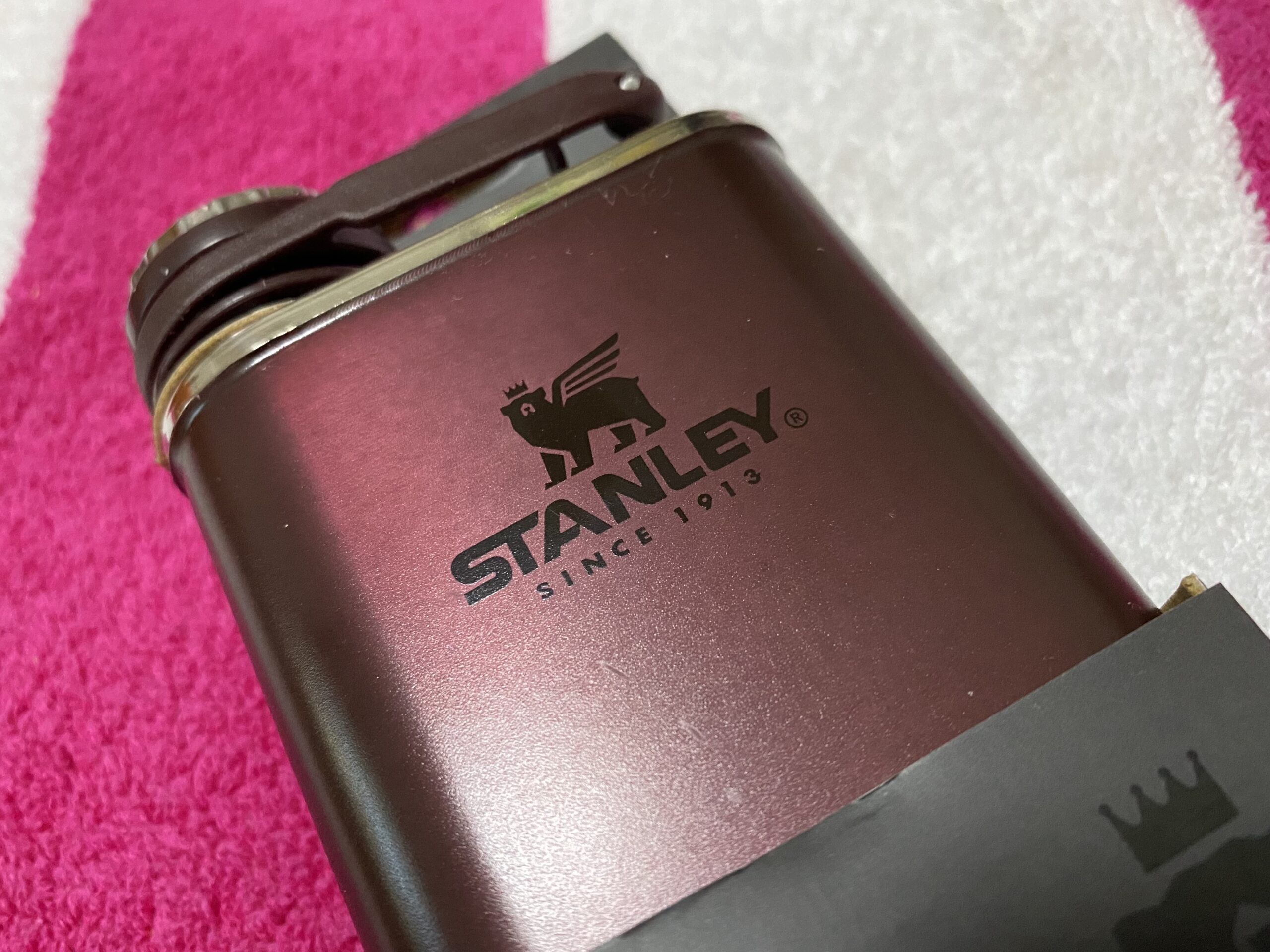
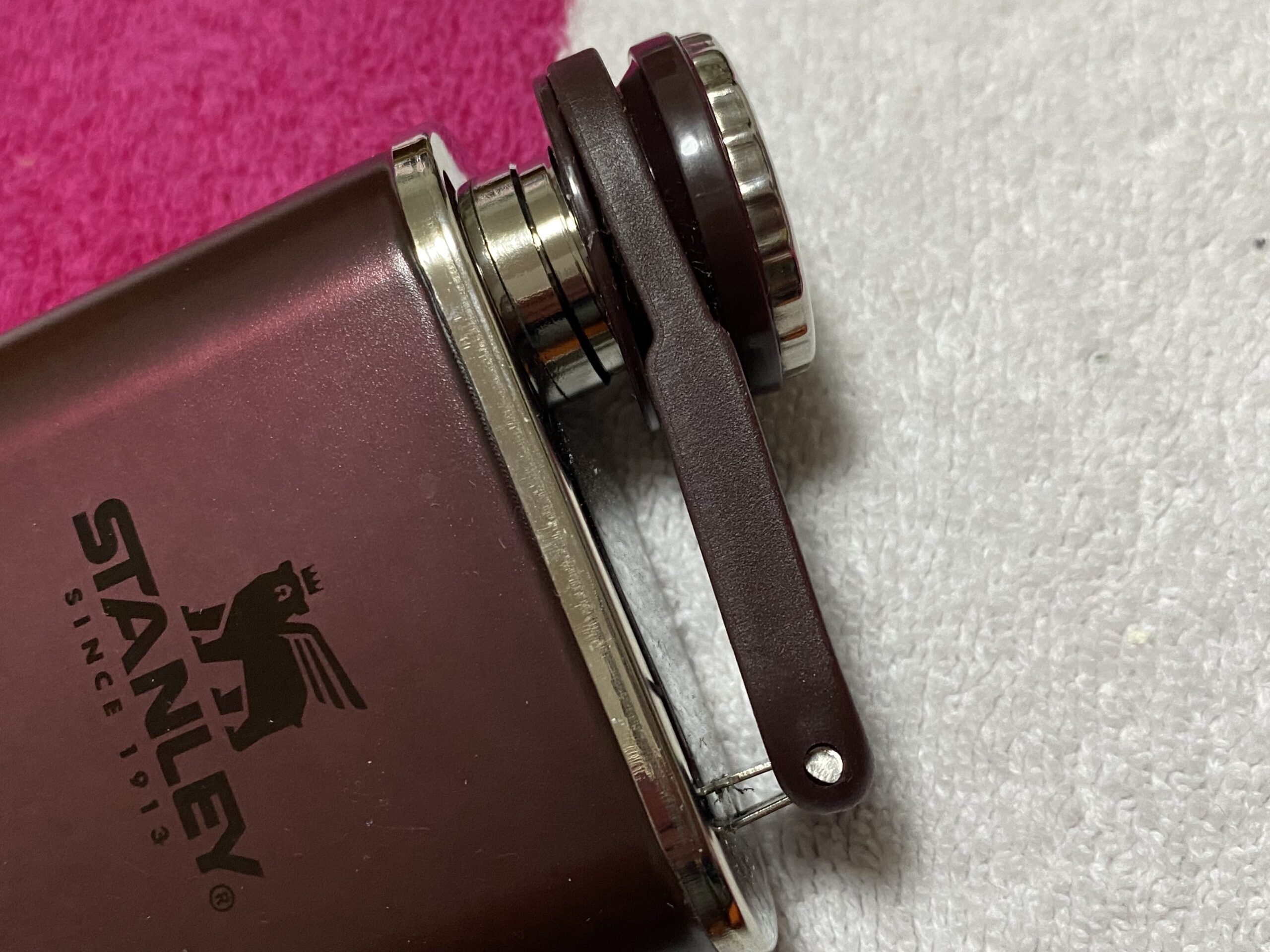
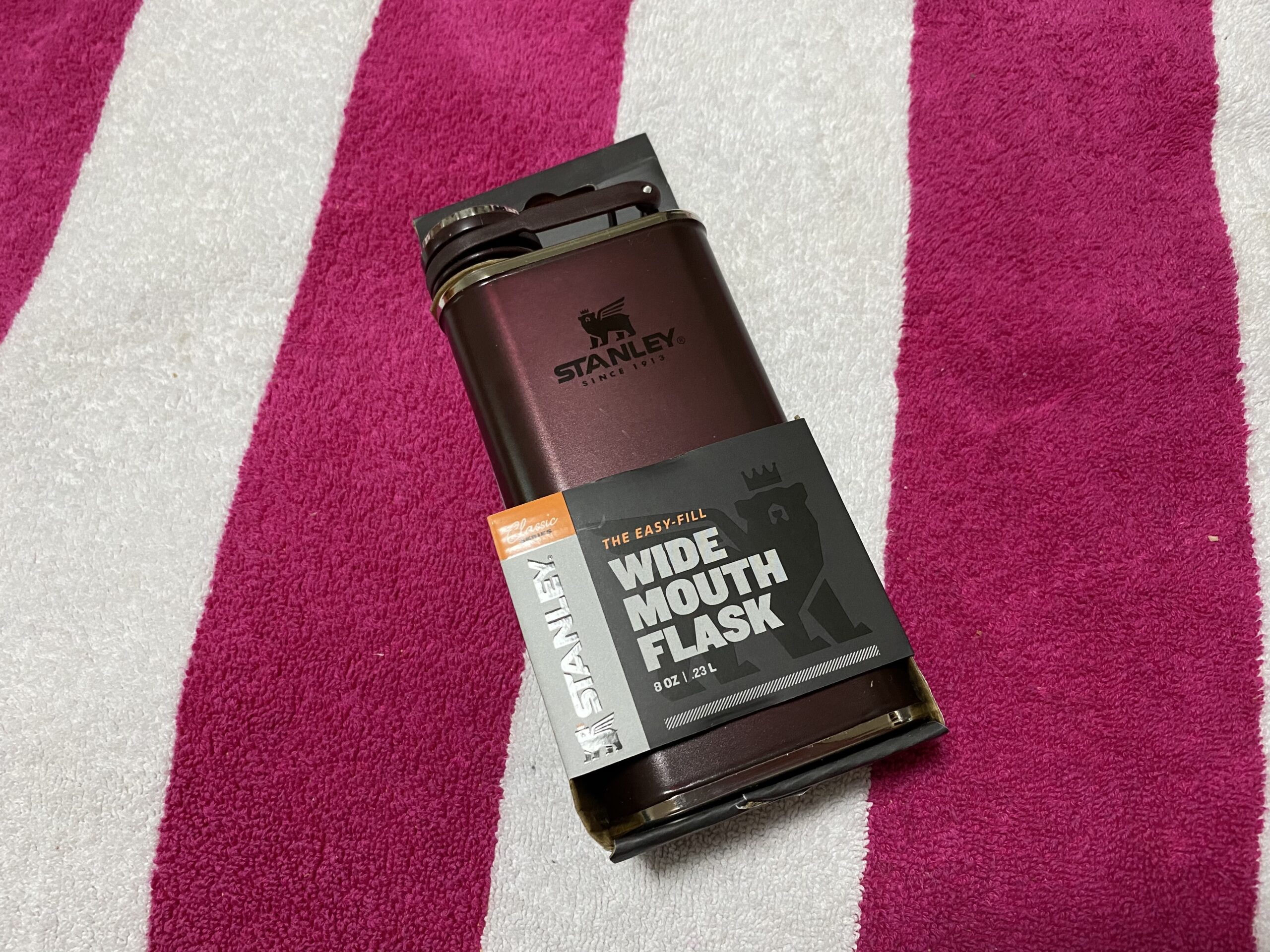
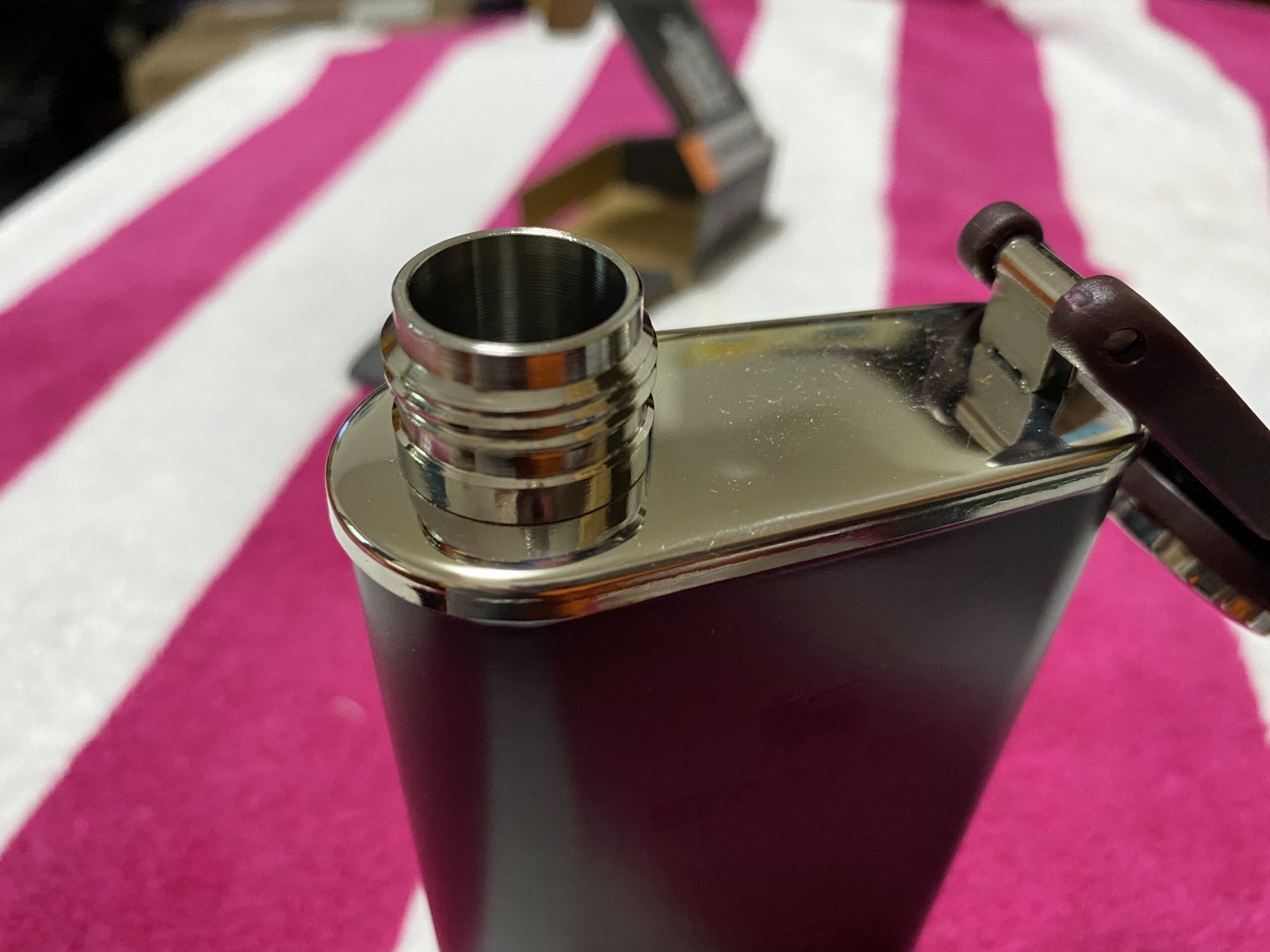
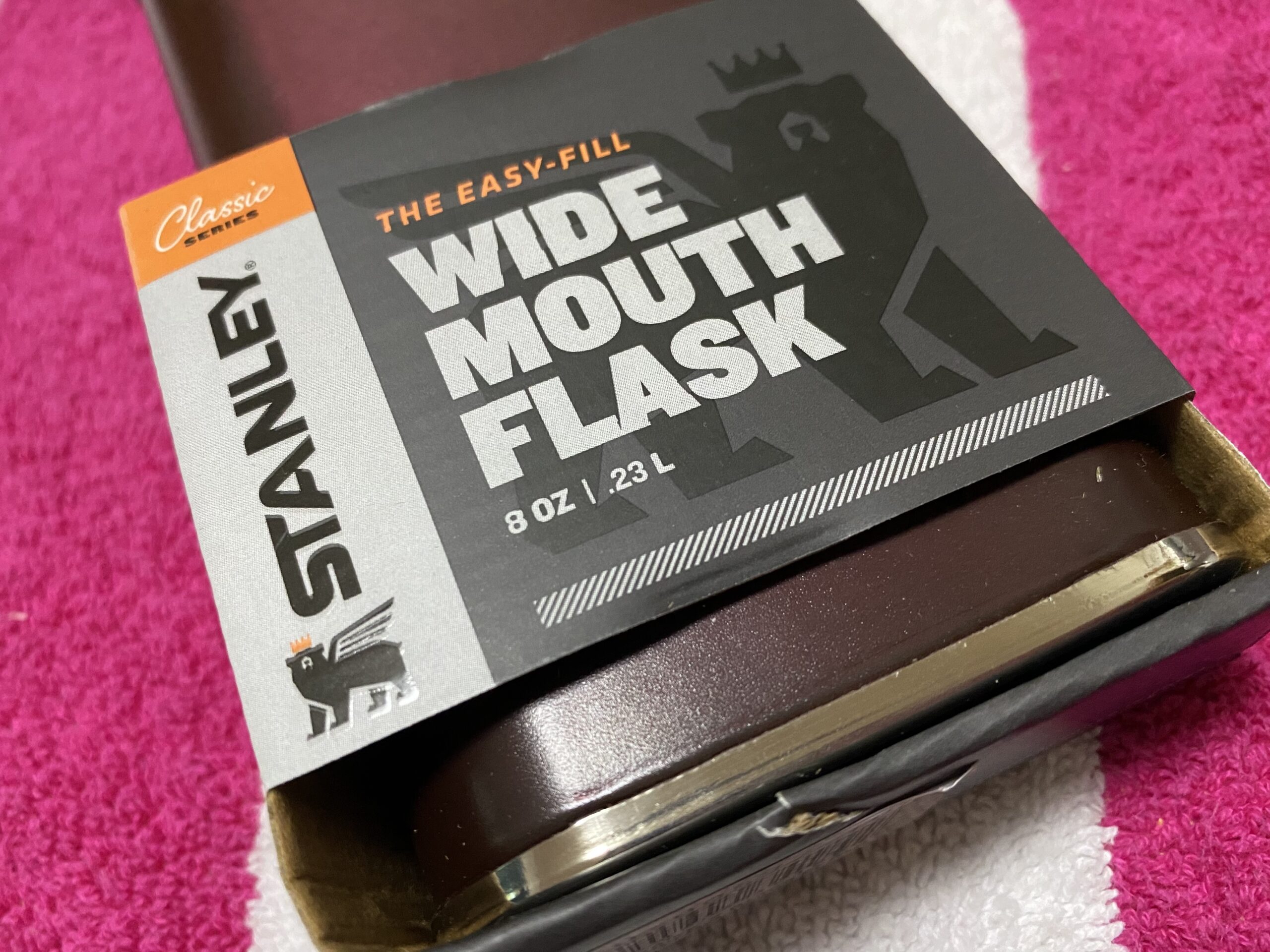
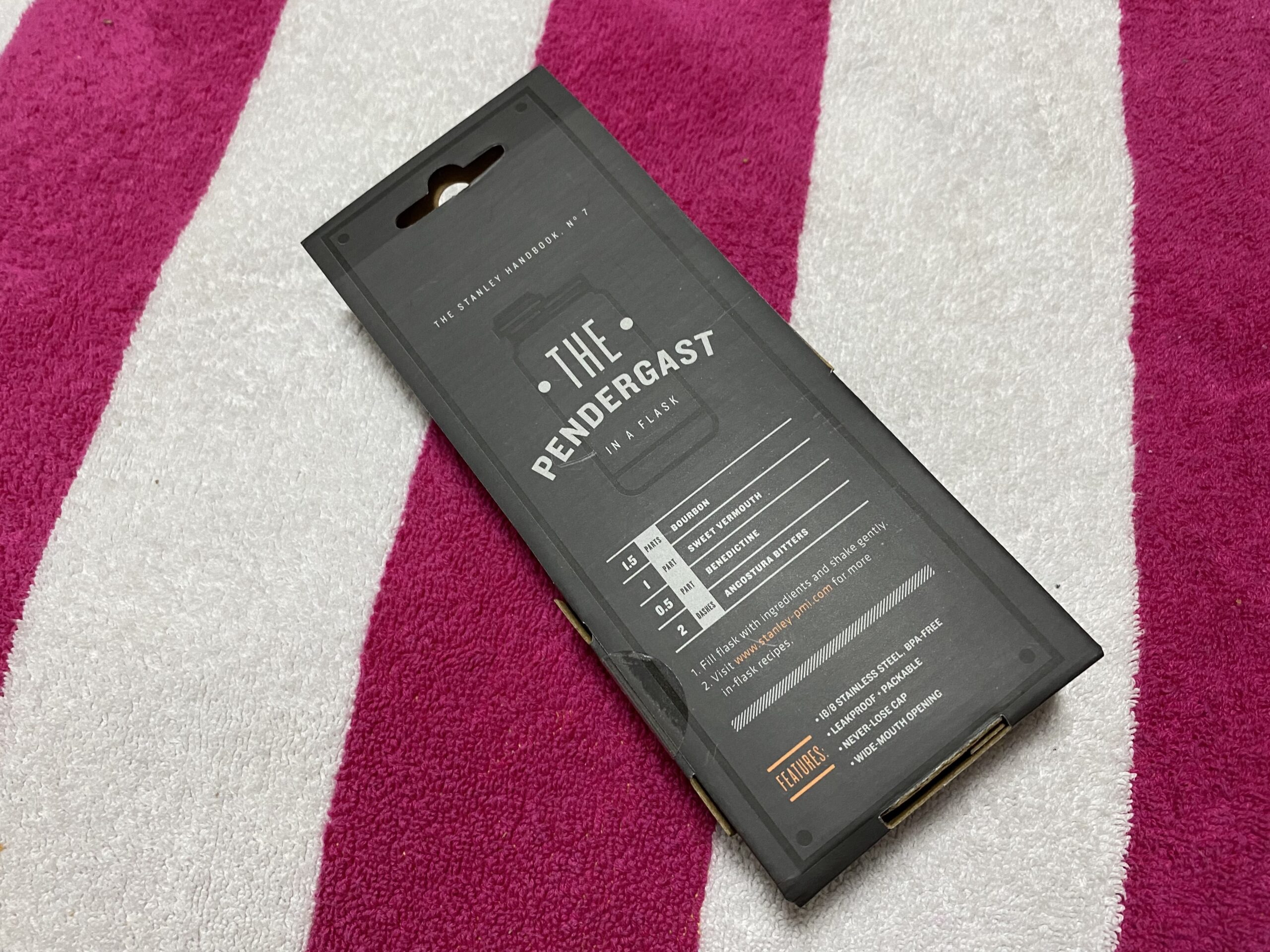
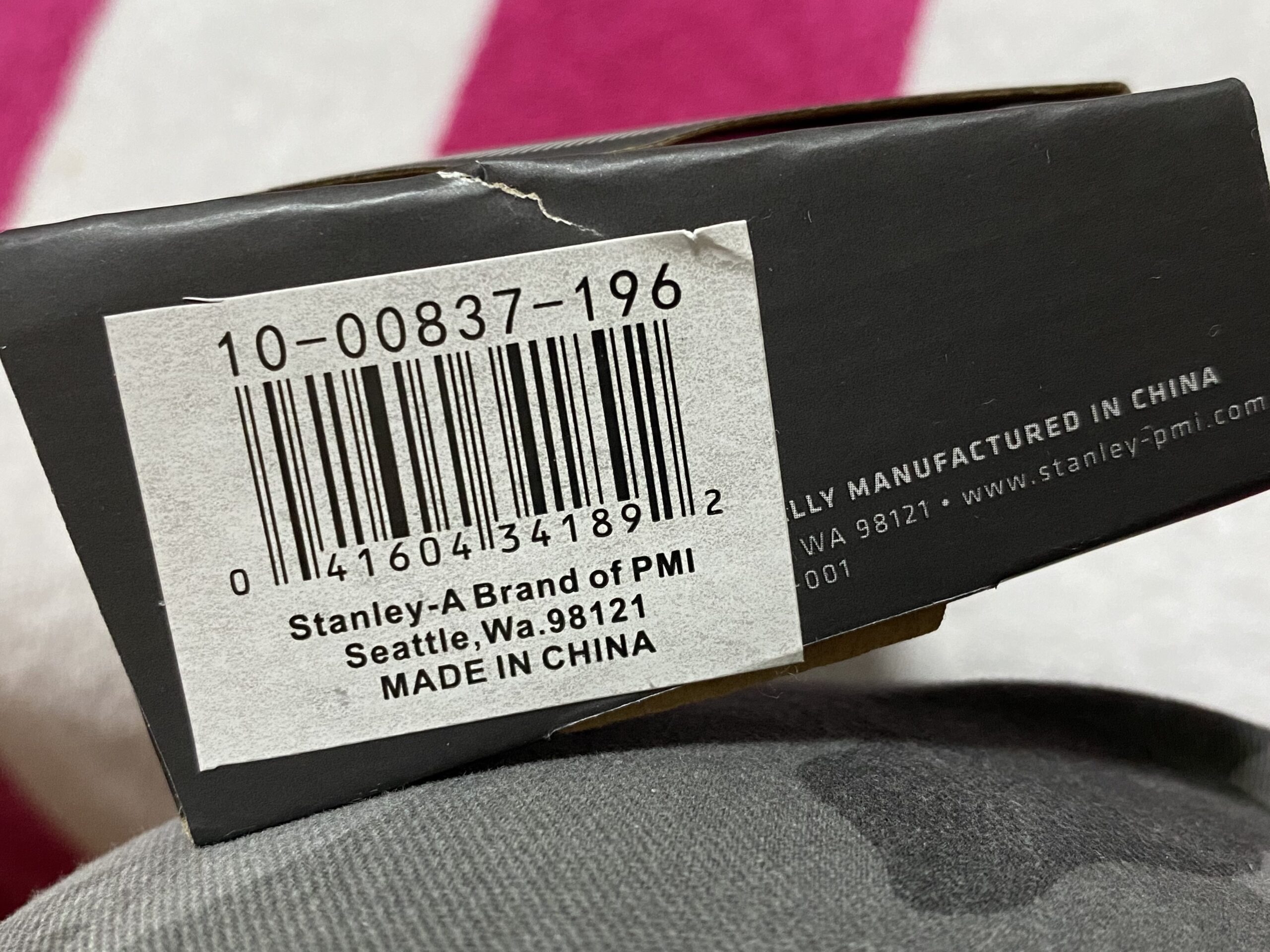
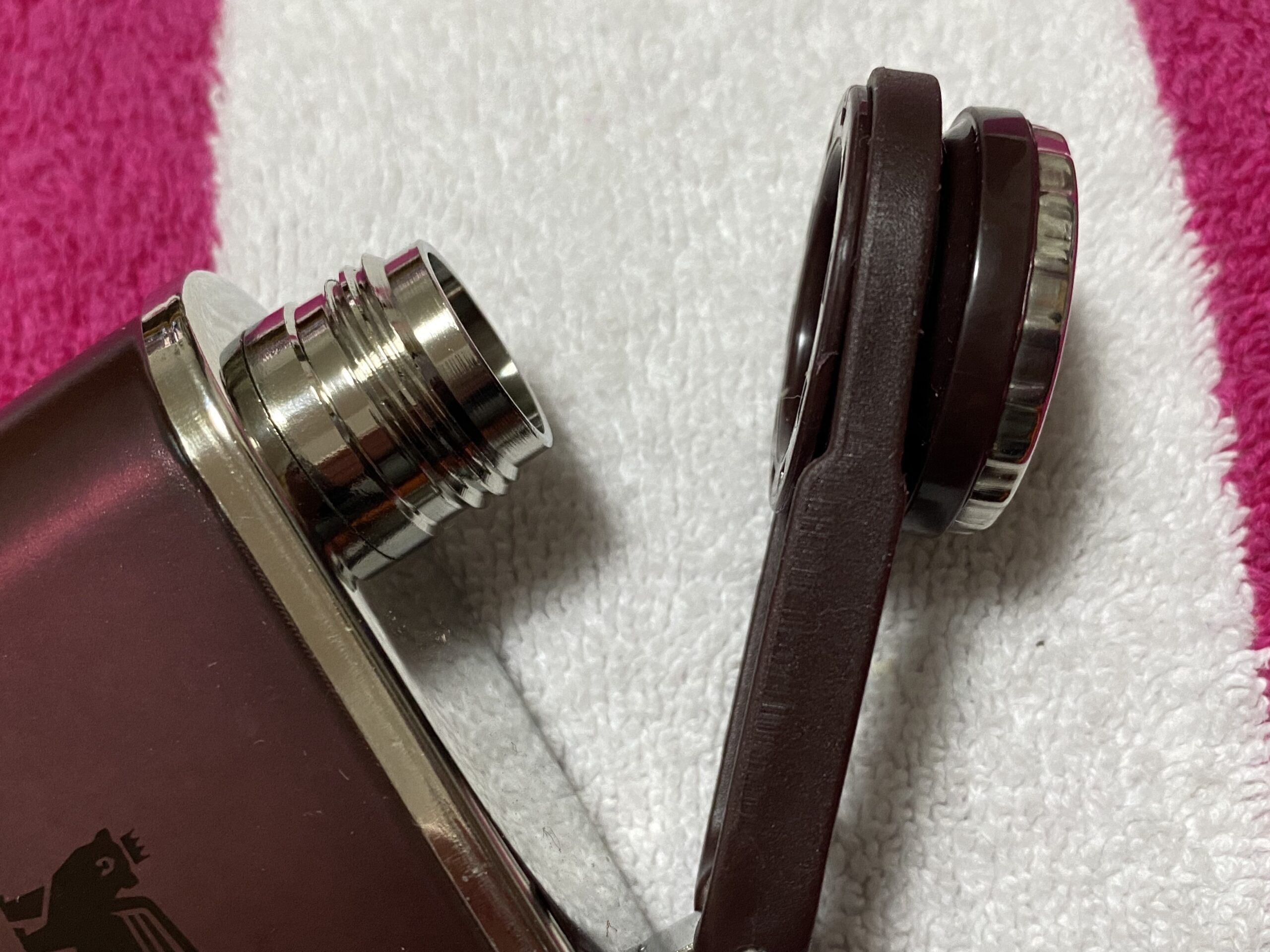
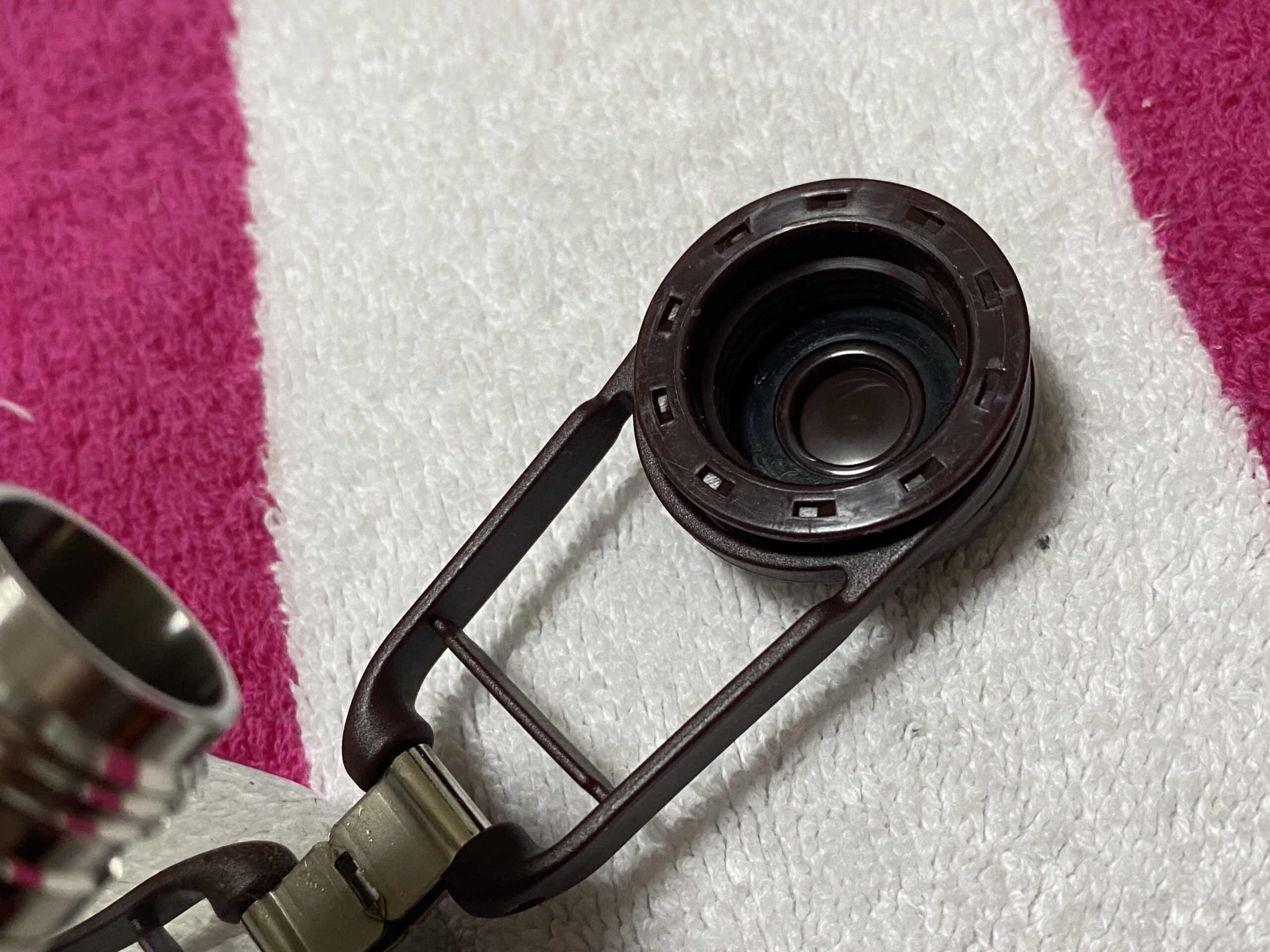

There wasn’t any link to other flasks being done to compare the test results. I’ll search it up, but since this post didn’t have much explanation on flasks, I’m assuming there’s one that had explained about it.
No – I haven’t written up any details yet – been working to get just the test results up on the blog first. The links at the bottom of the post explain some info and if you go to the home page of the blog there is second new post today (halfway down on the page) that has test results for a flask that has Lead.
Tamara
Hi!
What about Stanley water bottles? They say that their items comply with California prop 65. Does it mean that they are lead free?
I don’t know if their insulated water bottles are lead-free. They may have a leaded sealing dot under a bottom cap. Here’s a post about Leaded sealing dots: https://tamararubin.com/2020/07/this-is-what-a-leaded-sealing-dot-looks-like-on-a-stainless-steel-water-bottle-please-read-the-full-post-if-you-have-questions/
Tamara
What about a titanium flask? I keep reading that they are safer because titanium is usually always pure and more stable than stainless steel. What are your thoughts on this?